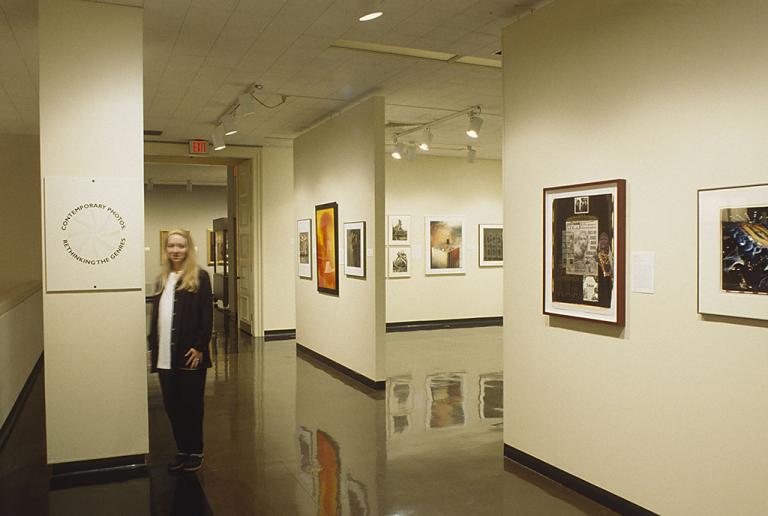Crushed Can and Scratchboard, Zeke Berman
Artwork Overview
Zeke Berman, artist
born 1951
Crushed Can and Scratchboard,
1992
Where object was made: United States
Material/technique: gelatin silver print
Dimensions:
Image Dimensions Height/Width (Height x Width): 756 x 996 mm
Image Dimensions Height/Width (Height x Width): 29 3/4 x 39 3/16 in
Frame Dimensions (Height x Width x Depth): 32 3/4 x 42 3/4 x 1 1/2 in
Weight (Weight): 16 lbs
Image Dimensions Height/Width (Height x Width): 756 x 996 mm
Image Dimensions Height/Width (Height x Width): 29 3/4 x 39 3/16 in
Frame Dimensions (Height x Width x Depth): 32 3/4 x 42 3/4 x 1 1/2 in
Weight (Weight): 16 lbs
Credit line: Museum purchase
Accession number: 1994.0056
Not on display
If you wish to reproduce this image, please submit an image request








